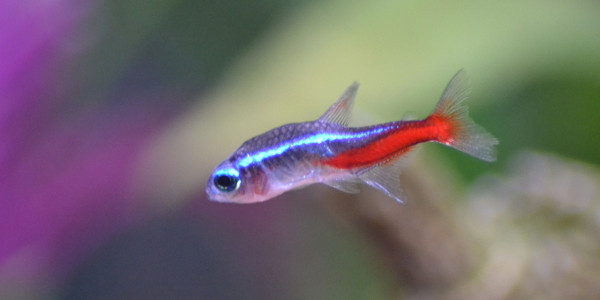

The main factor to avoid this disease is to never purchase fish that appear to be sick prior to your care.

No, the disease is communicated amongst many different species and is the result of fish consuming other deceased fish tissue. Take other preventative measures such as maintaining healthy water levels in temperature and current as to not agitate your fish further.

The tank is not so much as the issue of reintroducing the disease as is the fish communicating it amongst each other. It is of the utmost importance to immediately quarantine infected fish and to maintain high quality water levels and cleanliness to not further damage the eco system. Neon Tetra Disease is highly contagious due to the way it is communicated between fish species. Is it possible to completely eradicate the disease from a tank even after infection? In the event that you do spot any sort of infection, do your best to immediately remove the fish from the aquarium as early as possible. In addition, one should also be very strict in purchasing his or her fish to identify the above symptoms in pet stores before you purchase and bring them to your home aquarium.Īs a best practice, you can also quarantine new fish from your aquarium for a couple of weeks before introducing them to the new environment. The best response one can have to this issue is to take preventative measures against a second outbreak.Īn aquarist can do this by maintaining high quality water levels with regular cleaning, especially after the initial outbreak. The main protocol is to separate the infected inhabitants and to euthanize them to prevent further contamination. Unfortunately, there is no medicine or treatment to administer to infected fish with Neon Tetra Disease. The only fish species that does show resistance to the infection is Cardinal Tetras. Neon Tetra Fish are the most common victims of this disease, however, other fish such as Angelfish, Barbs, and Rasboras have also been known to contract the disease. This unprecedented move of individuality in a fish known for schooling is the result of the disease beginning to affect the fish.įollowing suit, the color and fins will also be most clearly effected by the disease, however, this is in more advanced stages of the infection.ĭo your best to spot the issue early on to prevent widespread contamination of your aquarium. They will often break off from the group or swim erratically. The first key indicator of Neon Tetra Disease in your aquarium is restlessness of infected fish.įor example, you’ll notice that the infected host will no longer school or swim with its fellow inhabitants. There is also the probability of a second infection like fin rot or bloating of the infected species.

However, the fish will also begin to lose color, show difficulty in swimming, or, in more extreme cases, the shape of the fish’s spine may also become curved. These symptoms include the obvious physical effects like the cysts on the body of the infected fish. The disease has many key identifying traits that will alert the attentive aquarist to the issue. This is most commonly evidenced by a pale white color on the infected fish. Once the fish in your tank consume the deceased particles, parasitic spores enter the body of the fish and begin to consume the healthy host.Īs the disease progresses, cysts begin to show on the infected hosts and they begin to deteriorate from the inside out. The disease is communicated throughout the fish in the aquarium once fish consume the dead bodies of other fish in the tank or live food servings such as Tubifex, which can act as an intermediary carrier of the disease. Is Cardinal Tetra Disease the Same Symptoms and Disease?Īn organism called Pleistophora hyphessobryconis causes Neon Tetra Disease.What Should I do if my fish is suffering from Neon Tetra Disease?.


 0 kommentar(er)
0 kommentar(er)
